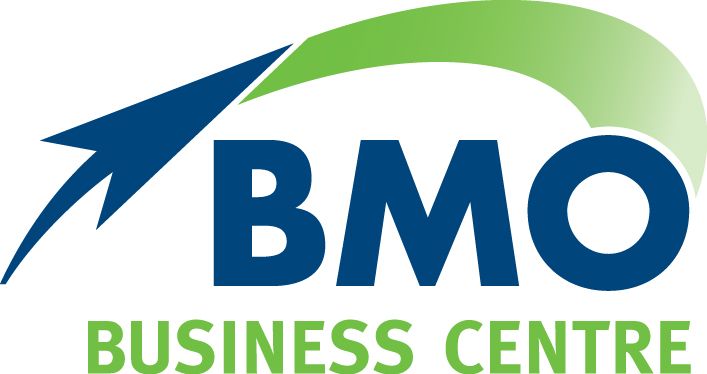How will you use your super?
We spend decades watching our super balances grow but for those thinking about retirement in the next few years, it can be confusing to work out how best to use your super.
Here are some of the considerations for the popular options.
Easing into retirement
You can keep working and receive regular payments from your super when you have reached your super preservation age (55 to 60, depending on your date of birth) and are under 65.
Using a transition-to-retirement income stream allows you to reduce your working hours while maintaining your income. To take advantage of this option you must use a minimum 4 per cent and a maximum 10 per cent of your super account balance each financial year.
A transition-to-retirement strategy is not for everyone, and the rules are complex. It is important to get independent financial advice to make sure it works for you.
Pros
- Allows you to ease into retirement by working less but receiving the same income, using the transition-to-retirement income stream to top up your salary.
- If there is spare cash each week or month, you can make extra contributions to boost your super, perhaps by salary sacrifice if it suits you.
- There are tax benefits. If you are above 60, the transition-to-retirement pension payments are tax-free (although the earnings in the fund will continue to be taxed).
Cons
- For people between 55 to 59, the taxable portion of the transition-to-retirement pension payments is taxed at your marginal tax rate, however you will receive a 15 per cent tax offset.
- Withdrawing money from super reduces the amount you have later for when you retire.
- It may affect Centrelink entitlements
Taking a retirement pension
This is the most common type of retirement income stream. It provides a regular income once you retire and you can take as much as you like as long as you don’t exceed the lifetime limit, known as the transfer balance cap.
Pros
- While there is a minimum amount you must withdraw each year, there is no maximum.
- There is flexibility – you can receive pension payments weekly, fortnightly, monthly or even annually.
- You can still choose to return to work and it won’t affect income stream you have already commenced.
Cons
- The account-based pension may affect your Centrelink entitlements
- There is a risk that the amount in your super to draw on might not last as long as you do
- The amount you can use for your pension is limited by the transfer balance cap.
Withdrawing a lump sum
You can choose to take your super as a lump sum or a combination of pension and lump sum payments, once you have met the working and age rules.
Pros
- Gives you a chance to pay off any debts to help relieve any financial pressures.
- Allows you to make an investment outside super in a property, for example.
- Pay little or no tax if you are 60 and older.
Cons
- If you are using the lump sum to invest, you may pay more tax
- Reducing your super balance now, means less for later
- Receiving a lot of money at once may encourage you to spend more than is wise
Access to SMSF funds
There are a number of additional issues to consider for those with self-managed super funds (SMSFs). For example, you will need to carefully check your Trust Deed for any rules or restrictions for accessing your super and consider how your fund can meet pension requirements if it holds large assets that are not cash, such as a property. It essential to consult a financial planner to understand your circumstances.
The process of choosing the best approach for your retirement income can be daunting so let us walk you through the options and advise on the most appropriate strategies.
The information in this article does not take into account your objectives, needs and circumstances. We recommend that you obtain investment and taxation advice specific to your investment objectives, financial situation and particular needs before making any investment decision or acting on any of the information contained in this document. Subject to law, Capstone Financial Planning nor their directors, employees or authorised representatives gives any representation or warranty as to the reliability, accuracy or completeness of the information; or accepts any responsibility for any person acting, or refraining from acting, on the basis of the information contained in this document. Principal Wealth Management Pty Ltd trading as BMO Financial Solutions ABN 53 109 336 601 is a Corporate Authorised Representative (CAR 277821) of Capstone Financial Planning Pty Ltd ABN 24 093 733 969 Australian Financial Services Licence (AFSL) No. 223135.
The post How will you use your super? appeared first on BMO Accountants.


